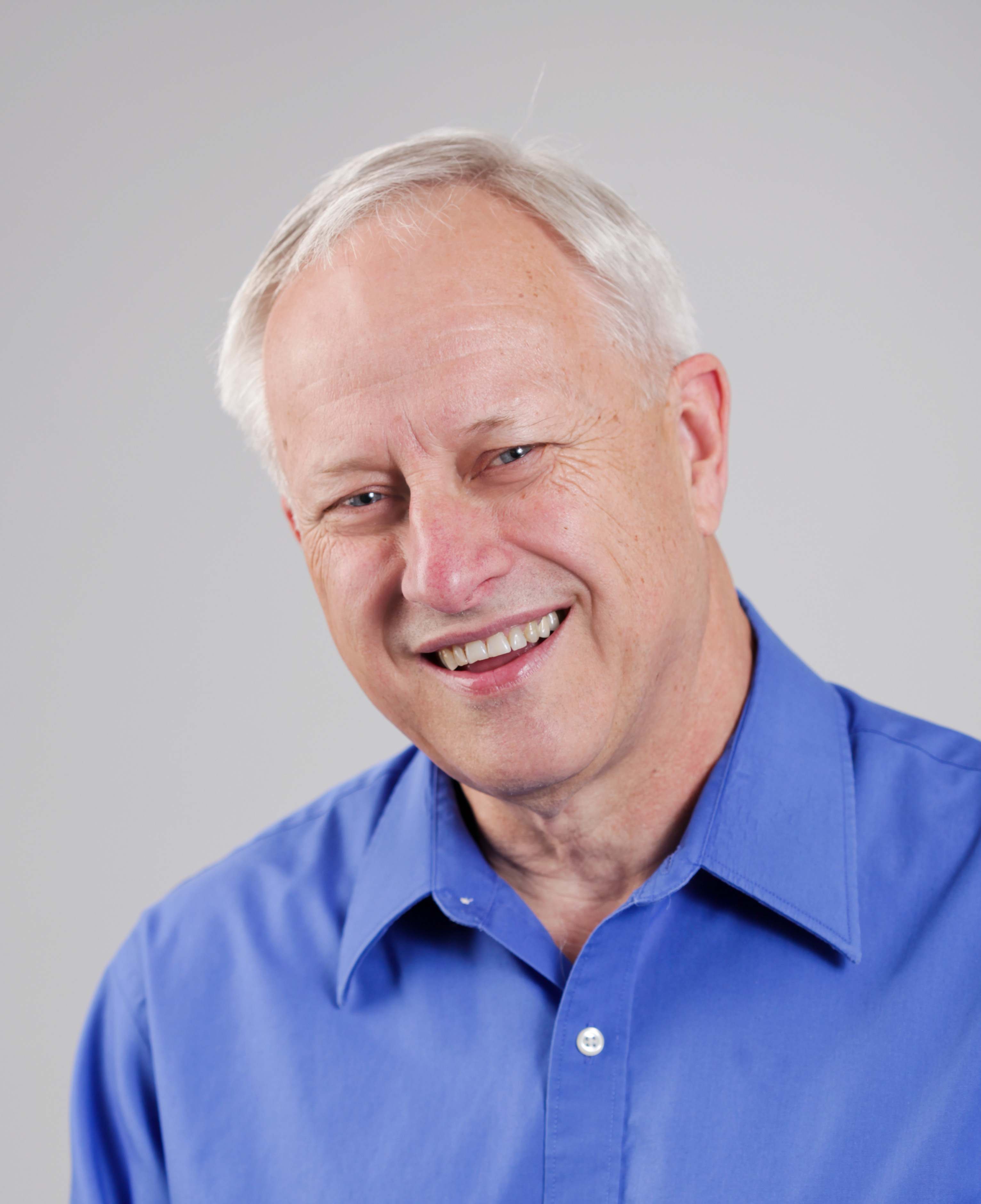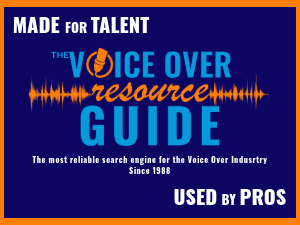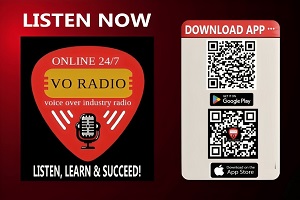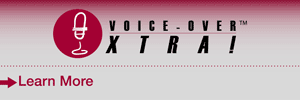|
HOME STUDIO Love The Sound Of Your Own Voice? Ditch the Headphones When Recording!  By Jerry Reed By Jerry ReedVoice Actor Ditch the headphones when you're recording voice overs - they're a distracting nuisance. When I got my first job in radio back in 1964, headphones were a utility whose only purpose was to reference other things. Let me explain. By that time a radio announcer no longer had the luxury of a studio engineer. He had to run his own control board, do the mixing of music, sound effects and do the announcing. I say "he” because it was still a very male-dominated industry at the time. Stereo broadcasting was still in its infancy. So, mono ruled because most radio programs were heard on AM. RADIO EAR CUP I was provided a headset that had only one ear cup. If there were two I would cover one ear and place the other cup behind the other ear, leaving it free to hear what was going on in the room. That ear cup was only used to know where the levels were in reference to my own voice. This system worked perfectly for many years. By the time the 1970s rolled around, DJ's had access to headphones for stereo music listening at home, and began to bring these hi-fidelity stereo headsets to work at the radio station. I was in management positions and saw a trend begin. Headphones were feeding the egos of the DJ's, who started to become infatuated with listening to their own voice and paying less attention to being a good performer. TOO MUCH LOVE ... There wasn't much I could do about the problem, and it is a phenomena still plaguing broadcasting to this day. The DJ's were not supposed to be listening to the music or their own voice. They were supposed to be spending the time while the music was playing to prepare for the next break. MOVING ON ... Of course, the advent of voice tracking changed all that, anyway. I left radio in 1987 to pursue a public relations and promotion career and no longer had to worry about the problem. I did continue to do voice and on -amera work, but never had to worry about headphones. When I visited a studio to record, the engineer always had an intercom and did his directing through that. The talent never had to wear headphones. There was only one time I really needed headphones, and that was for a project to replace video narration while staying timed to the original script. The old audio was fed into my headset so I could pace myself. Again, this was a utility and not to hear how my voice sounded. HEADPHONES FOR COMMUNICATION Today in my home studio I have set of headphones. And the only time I use them is when I'm in a remote session and the director is in another city, so I don't get feedback from the speakers. Again, the headphones are there only as a utility to hear the director, not my voice. That's what studio monitors are for. If I'm alone in the studio laying down voice tracks, I never wear headphones. I don't need to hear my own voice. Besides, I find headphones are simply a nasty distraction like texting while driving. Plus, they're not good for the health of your hearing if the levels are jacked up too loud. What's that you say? I can't hear you? ----------------------- ABOUT JERRY Jerry Reed has been a professional voice artist all of his adult life. His early days were spent in broadcasting and he now works from his home voice over studio located in upstate New York. In addition to voice overs, his diversions include amateur photography and baking artisan breads. Email: jerry@jerryreed.com Web: http://www.jerryreed.com |
As of the NEW website launch, 03/22/2012










Another clue to the value of wearing a headset, is the image of old time radio announcers who stood before a mic (often the RCA 44-DX) and cupped a hand behind one ear, while holding their script in the other. That was not some silly affectation, but a non-electronic replacement for a one-earcup headset. Try it for yourself!
Hearing specialists affirm that some level of auditory feedback from mouth to ear is preferable, and a studio is usually designed NOT to resonate or provide much in the way of echo. We hear our own voice both through bone conduction and through the air. All that expensive acoustic absorption foam tends to disrupt the air-to-ear path
So, hats off to those voice artists who don't need headsets to help them, but let's not condemn the wearing of a headset for the many who are accustomed to using one and who deliver great work to satisfied clients.